Stand in Saturday #3 Life and Longevity
Hey guys back again for another Stand in Saturday, while at work I caught a glimpse of a headline in the newspaper ('The Sun', it's not really a bastion of truth but people enjoy it) my shift partner was reading, the headline mentioned that a Greenland Shark had been found that was older than William Shakespeare! In fact, the Shark was estimated to be 512 years old.
I of course didn't trust the integrity of the Suns journalists so I researched it myself, and for whatever reason they had chosen to rehash a story from August 2016, and the Shark was likely only 272 years old, at most 400... That's British tabloid journalism for you.
Whilst this is an incredible age for any living thing it got me thinking, just what age can living organisms achieve?
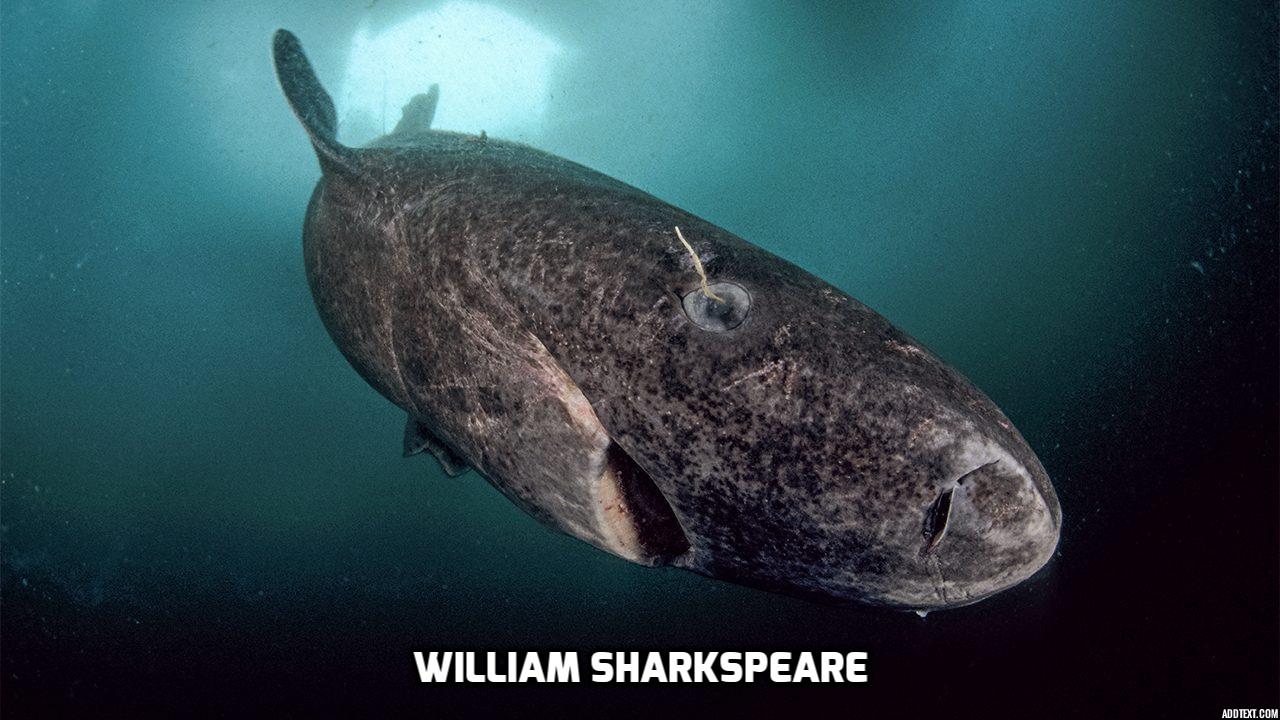
What Does It Mean To Be Alive?
So complexities aside there is 100% consensus that any single-celled or multi-celled organism can be considered alive, the three domains of cellular life include Bacteria, Archaea and Eukarya, which in turn can be divided into two separate groups named Prokaryotic and Eukaryotic, both groups are composed of cells, the biggest difference between the two is that Eukaryotes have a Nucleus and other membrane bound Organelles, whereas Prokaryotes do not.
The Three Domains of Cellular Life
- Bacteria - Bacteria are Prokaryotic and are typically no larger than a few micrometres in length, they have no nuclear membrane, contain Ester bonds and have only one Ribosomal RNA polymerase, Bacteria are present in most environments, often in dense populations numbering in their hundreds of thousands in just a small observable area. An example of Bacteria for anyone who has kept Marine Fish will no doubt have encountered red slime on their sand and rocks, this is Cyanobacteria, and is a photosynthetic Bacteria related to plants and Algae, to avoid rambling I may cover Bacteria as its own topic in the future, there's a lot to cover!
- Archaea - Archaea are also Prokaryotic and for a long time were considered to be in the same group as Bacteria, they have no Nuclear membrane but are instead bonded by Ether linkages and have 3 Ribosomal RNA polymerases, which is the same as Eukaryotes, they are the oldest species of organisms on Earth and date back roughly 4 Billion years and thrive in the most extreme environments on Earth, as such they are considered extremophiles.
- Eukarya - Eukarya are us, they are any organism that contains cells with a membrane-bound Nucleus, this trait connects us all to Plants, Insects, Arachnids, Fungi and many more organisms. Eukaryotes form cooperative colonies with ease and as such make up for the vast majority of multi-celled organisms, they also have a higher perceived individual longevity than Prokaryotic organisms, as such our analysis of the oldest living organism will include only Eukaryotes, some Bacteria or Archaea are likely older than Eukaryotes in their current form as a species, though longevity of a species does not equate to longevity of an individual.
Why Does Everything Eventually Die?
Theoretically it's not so much that living things are dying, it's more that multi-celled organisms are dying, the concept of life and death inevitably leads us to the answer that every living organism on the planet is as old as the advent of life, which occurred over 3 Billion years ago. Instead of giving birth, single cells divide, once cell division has occurred we are not left with two new cells, we are left with two cells that are the same age as the cell they split from.
The reason multi-celled organisms do not survive indefinitely is that it's far easier to create new cell colonies as opposed to maintaining an existing colony for a prolonged period of time. As we age the genetic makeup of our bodies is under constant attack from viruses, environmental damage and the general ageing process, our bodies have not evolved to stay in peak condition indefinitely, from an evolutionary perspective a longer living population will only hinder the future generations chances of survival as we compete for resources and sustenance, as such our muscles atrophy, our metabolism wanes and our mental capabilities deteriorate, evolution has not optimised multi-celled organisms to survive beyond their required usefulness to progress and sustain the species.
Oldest Non-Sedentary Organisms on Earth
When you think of the oldest animals on Earth one species instantly come to the forefront of your mind, the Tortoises. It is widely known that the oldest animals on land are varying subspecies of Tortoise, with over 5 different subspecies of Tortoise individuals reaching an age greater than 150 years old.
The oldest of which being an Aldabra Tortoise named Adwaita who is estimated to have been roughly 255 years of age at her time of death in 2006, if verified she will have predated the invention of the Condensing Steam Engine and will have been in her teens at the time the United States of America emerged as an independent country.Comparitively the oldest known Human was Jeanne Calment who lived to the ripe old age of 122 years and 164 days until her death in 1997, she would have been one of the only people at the time that would have been old enough to remember Electricity being supplied to households for the first time.
As mentioned at the start of the Article, the Greenland Shark has an estimated age of up to 400 years old, this is thought to be the result of limited breeding opportunities, a highly optimised metabolism designed for life in the coldest waters on the planet and they are incredibly slow-swimmers, gaining the nickname of the Sleeper Shark, they use minuscule amounts of energy in day to day activities.
Long life is a strangely common trait observed in various non-sedentary animals in our Oceans, Whales are thought to be the longest surviving Mammals on the planet, with one Bow-head Whale specimen reaching 210 years of age, making it easily the oldest Mammal ever observed.
In 2006 an Oceanic Quahog Clam named Ming was dredged off the coast of Iceland, upon dissection Ming was found to be 507 years of age, this made Ming the single oldest non-sedentary animal that has ever existed, it's just a shame the only method for ageing Ming involved killing him, maybe we can work on developing less-invasive methods for ageing Molluscs, i'm sure Ming would've voted in favour.Oldest Sedentary Organisms on Earth
Unsurprisingly the longest living multi-celled organisms on Earth are those that do not require movement to thrive in their environment, overall energy expenditure is greatly reduced and feeding is always a positive return, as opposed to many animals who may expend a large amount of energy from just sourcing their food.
Plants have an incredible ability to survive through the ages, the oldest single specimen can be found in North America and is a Great Basin Bristlecone Pine tree, through ring count analysis the age of the tree has been estimated to be approximately 5067 years old, plants are able to survive for long periods of time as they are capable of replacing/regenerating decaying / damaged organs, this is largely due to their retention of stem-cell-like Meristematic cells after each growth cycle.Plants are also non-hierarchical organisms, their organs and vital functions are not controlled by a centralised brain (or similar structure) as observed in most animals, if the central brain dies so to does the animal, plants are instead completely decentralised which allows parts of the tree to routinely die off but still enables the organism to survive.
The oldest individual organism on earth is thought to be a species of Glass Sponge, Sponges are simple organisms though they are very long-lived, with some researchers estimated certain cold-water subspecies may be capable of living for well over 10000 years of age, if verified a single Glass Sponge could potentially predate human civilisation, longevity appears to rise exponentially with reduced complexity.
The oldest observed Organism on Earth is however, not an observably single entity, but instead a biological super-structure known as a clonal-colony. The oldest Clonal Colony is thought to be that of a single male Quaking Aspen tree known as Pando, it's determined to be a single organism as it has identical genetic markers across the system and all of the observable trees are connected by a single Root structure.
Pando collectively weighs over 6,000,000 Kgs and is comfortably the heaviest single organism currently known on Earth, it covers an area of 106 Acres and it's Root system is estimated to be at least 80,000 years old, meaning Pando has outlived and witnessed the extinction of many animals including our distant relatives, the Neanderthals in its remarkable lifespan.
Content Sources
More Stand in Saturday

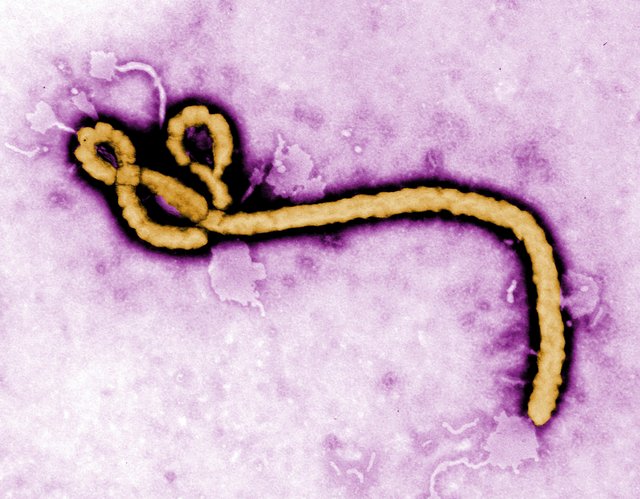
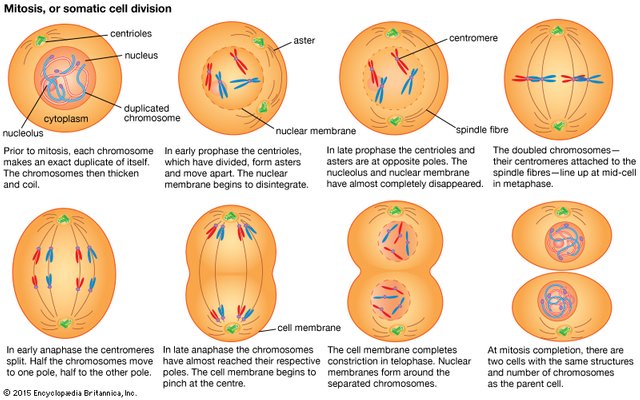

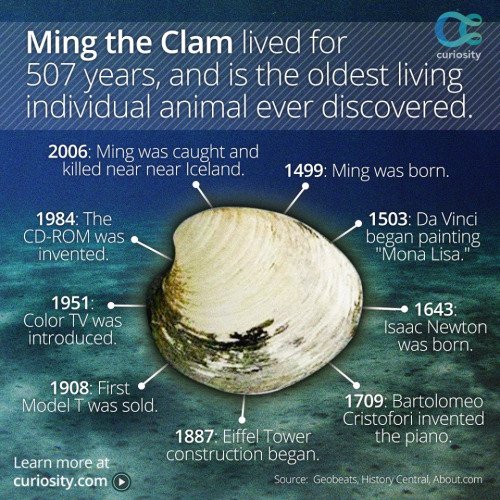
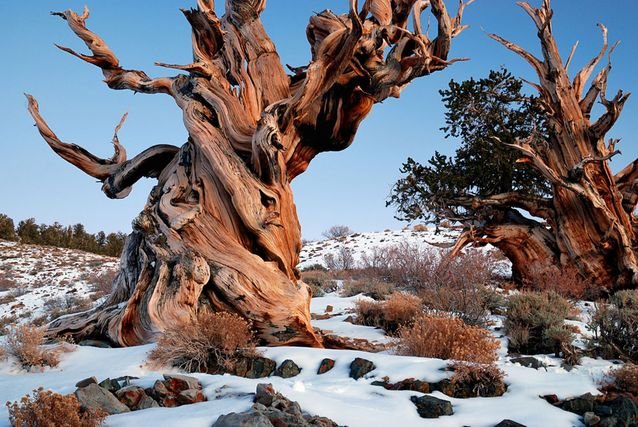
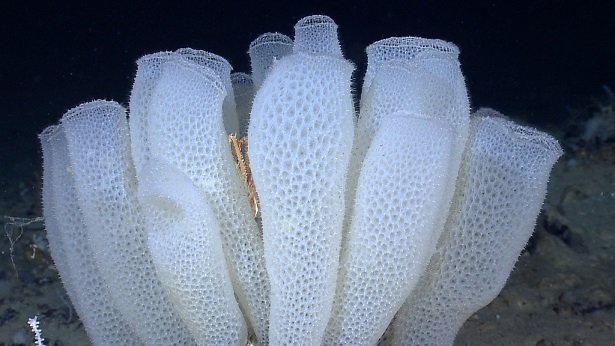
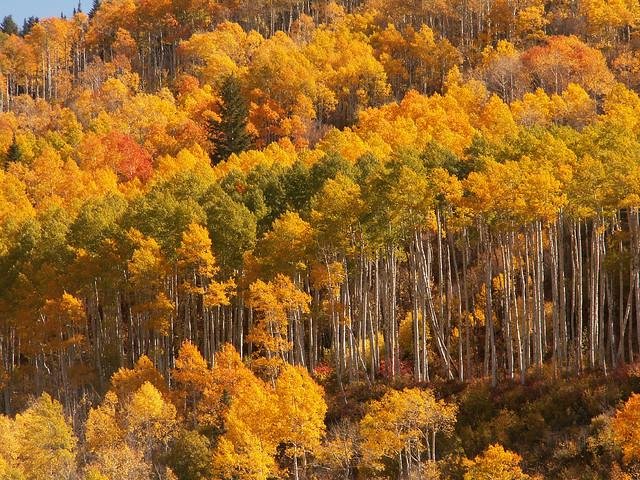
Your research blows me away. So much amazing information! I learn a ton of new things in EVERY post you make!
Nice post! I wonder how long it will take until they figure out how to make us all live as long as Ming :P Luckily for us technology is moving so fast that living through 10 years is almost as amazing as living through 1850 to 1950.
Resteemed to over 6400 followers and 100% upvoted. Thank you for using my service!
Send 0.100 Steem or 0.100 Steem Dollar and the URL in the memo to use the bot.
Read here how the bot from Berlin works.
@resteem.bot
@originalworks
The @OriginalWorks bot has determined this post by @amavi to be original material and upvoted(1.5%) it!
To call @OriginalWorks, simply reply to any post with @originalworks or !originalworks in your message!
Your post has a lot of originality in it,especially the live flowers. I am looking foward to see more of your post. I just followed you.
Resteemed by @resteembot! Good Luck!
Curious?
The @resteembot's introduction post
Get more from @resteembot with the #resteembotsentme initiative
Check out the great posts I already resteemed.